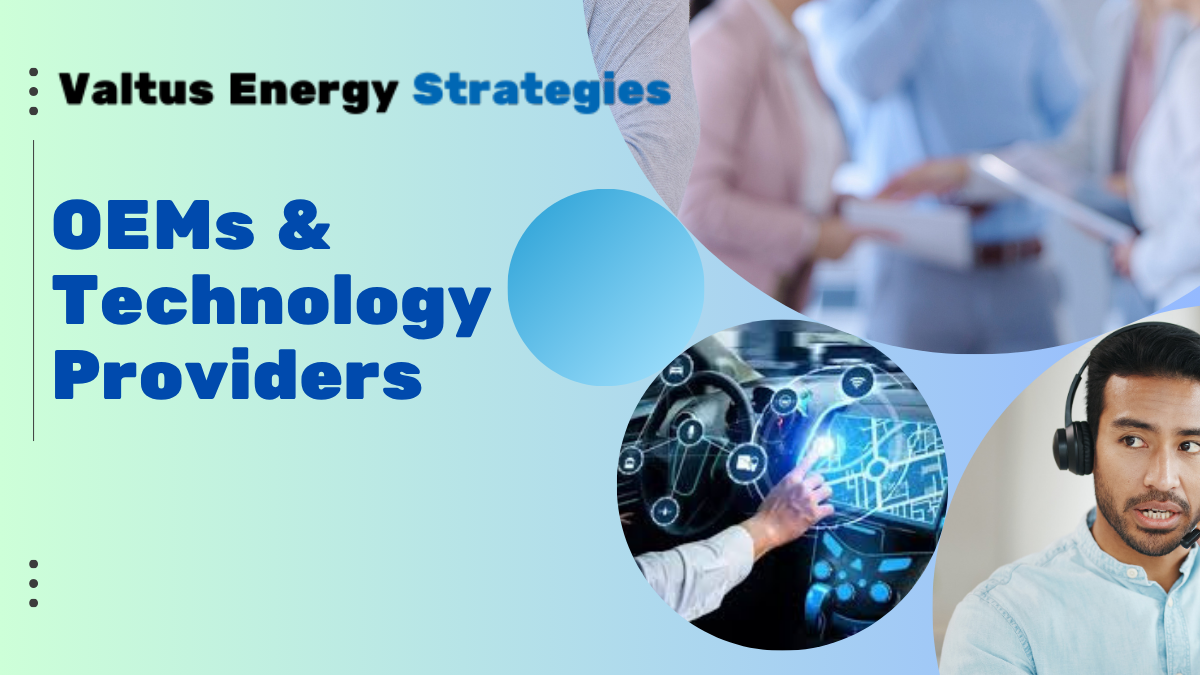OEMs & Technology Providers Services
Original Equipment Manufacturers (OEMs) and Technology Providers play pivotal roles in modern manufacturing and innovation ecosystems. OEMs design and own intellectual property (IP) for components or systems used in end products, while Technology Providers offer specialized tools, integration services, and expertise to enhance product development, scalability, and efficiency. Below is a detailed overview of their services, benefits, and industry applications.
1. Core Services of OEMs
OEMs focus on product innovation, design, and strategic partnerships, often outsourcing manufacturing to specialized partners like EMS (Electronic Manufacturing Services) or CEMs (Contract Electronics Manufacturers)23. Key services include:
- Product Design & Development: OEMs create proprietary components or subsystems (e.g., automotive engines, medical device software) tailored to client specifications. They prioritize R&D to maintain competitive edge, often collaborating with Technology Providers for advanced integrations like IoT or AI511.
- Supply Chain Management: OEMs leverage global networks to source materials and ensure cost-effective production, reducing lead times and operational risks8.
- Regulatory Compliance: Ensuring adherence to industry standards (e.g., HIPAA, GMP) and managing certifications for components used in regulated sectors like healthcare or energy68.
- Lifecycle Support: Providing maintenance, calibration, and end-of-life planning for components, often through partnerships with service providers like Quest International, which offers RMA management and reverse logistics6.
2. Services Offered by Technology Providers
Technology Providers complement OEMs by delivering specialized tools, integration platforms, and technical expertise:
- Custom Hardware & Software Integration: Companies like MA Technology design purpose-built solutions (e.g., IoT-enabled servers, AI-driven analytics platforms) tailored to OEM needs5.
- Data Capture & Automation: Zebra Technologies provides OEMs with high-precision scanners, mobile computers, and secure data capture devices to optimize supply chains and inventory management11.
- End-to-End Solutions:
- Design for Manufacture (DfM): Assisting OEMs in optimizing product designs for scalability and cost-efficiency23.
- Turnkey Systems: Gerhart offers commissioning, fabrication, and maintenance services for multi-OEM systems in industries like energy and industrial processing1.
- Back-Office Support: Quest International manages call centers, technical troubleshooting, and project management, allowing OEMs to focus on core competencies6.
3. Benefits of Collaborating with OEMs & Technology Providers
- Cost Efficiency: Outsourcing production reduces capital expenditure, leveraging economies of scale from EMS providers.
- Faster Time-to-Market: Access to pre-validated technologies (e.g., Zebra’s OEM scan engines) accelerates product launches.
- Risk Mitigation: Shared expertise in compliance, supply chain resilience, and quality control minimizes operational risks.
- Innovation Access: Partnerships enable OEMs to integrate cutting-edge tech (e.g., AI, edge computing) without heavy R&D investment.
4. Industry Applications
- Automotive: OEMs supply ADAS systems, while Technology Providers enable connected vehicle platforms8.
- Healthcare: OEMs design MRI machines; partners like Quest handle RMA logistics and compliance68.
- Consumer Electronics: Tier 1 EMS providers manufacture iPhones, while ODMs design white-label devices23.
- Energy: OEMs develop solar panels, supported by Gerhart’s hybrid system integration and maintenance services1.
5. Emerging Trends
- Sustainability: OEMs adopt DfS (Design for Sustainability), partnering with EMS providers to reduce waste and carbon footprints2.
- Modular Solutions: MA Technology offers scalable servers and storage systems for AI/ML applications, reflecting demand for adaptable infrastructure5.
- Cybersecurity: Enhanced protocols for IoT devices and industrial systems to protect data integrity8.
Conclusion
OEMs and Technology Providers form a symbiotic relationship, driving innovation across sectors by combining design excellence with technical specialization. By outsourcing non-core activities, OEMs achieve agility and scalability, while Technology Providers deliver the tools and expertise needed to navigate complex markets. For businesses, this collaboration translates to faster innovation, reduced costs, and robust compliance—key factors for sustained growth in a competitive landscape2811.
